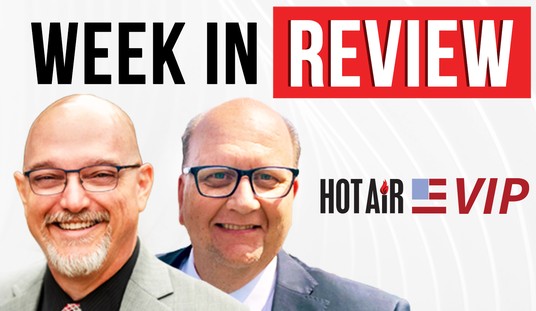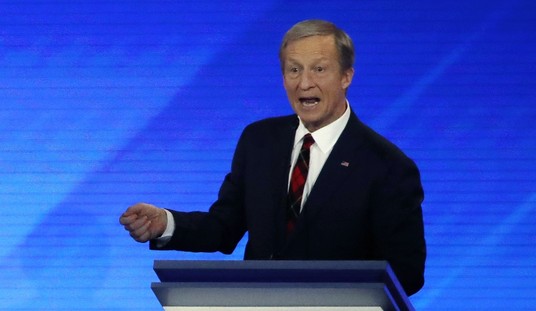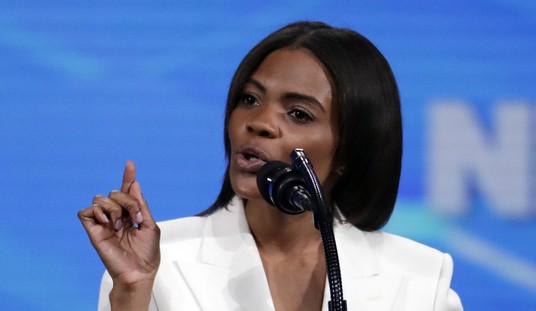Please enjoy this guest essay on the Iranian crisis from Professor Ivan Sascha Sheehan of the University of Baltimore. All guest essays are the opinions of the author and do not necessarily reflect the opinions of Hot Air and Townhall Media.
February 8 may seem like just another day—perhaps the start of a pleasant weekend—but for Iranians in exile, it carries profound significance. The date marks the lead-up to February 11, the anniversary of the 1979 revolution when the Iranian people united to overthrow the Shah’s dictatorial rule in pursuit of freedom and justice.
Now, 46 years later, thousands of Iranians across a vast diaspora, will gather in Paris for a large-scale rally organized by the National Council of Resistance of Iran (NCRI), a coalition of democratic opposition forces, under the banner “Onward to a Democratic Republic. No to Monarchy, No to Theocracy.”
Their message to the world is clear: After nearly half a century of suffering under the mullahs’ regime, Iran stands on the brink of overthrow once again. This time, the West must stand with the Iranian people—for their freedom and the stability of the world.
With the ayatollahs accelerating their drive toward acquiring nuclear weapons and Western nations struggling to identify an effective solution, U.S. President Donald Trump has rightly stated that he will not allow the world’s leading state sponsor of terrorism to obtain the most dangerous weapon and committed to a policy of “Maximum Pressure” against Tehran. The firmest stance he could take toward the Islamic Republic would involve striking a public chord of solidarity with the Iranian people by backing their longstanding efforts to topple their regime once and for all.
For more than four decades, the Iranian opposition has shown remarkable resilience in the face of the regime’s brutality, including the execution of 120,000 political dissidents—some as young as 13-years old. The overwhelming majority of these victims have been affiliated with the principal opposition movement, the People’s Mojahedin Organization of Iran (PMOI/MEK), a key component of the NCRI.
Today, the Iranian people and their organized Resistance believe their time has come.
This optimism is not unfounded. Tehran has faced four nationwide anti-regime uprisings in the past six years, each one more pervasive and more inclusive. Iranians have pushed back against the resulting crackdowns on protestors, leading to the rejection of the regime in its entirety.
The most significant discontent unfolded in 2022 when defiant Iranians boldly took to the streets with slogans like “down with Khamenei (the supreme leader)” and “down with oppressor, be it the shah or the supreme leader.” The countrywide unrest lasted for months and shook the regime to its core. The uprisings were largely driven by MEK-affiliated Resistance Units, whose actions intensified the pressure on the regime. Additionally, Iran’s rulers have suffered a series of strategic setbacks, including the overthrow of Syria’s Bashar al-Assad, a linchpin of Tehran’s regional strategy in a mere 11 days.
Recently, Maryam Rajavi, President-elect of the NCRI, addressed both the U.S. Congress and the European Parliament, praising the Resistance Units and highlighting their growing success in recruiting and organizing activists. She emphasized that this “remarkable boost in fighting spirit” among Iran’s youth signals a public readiness for future uprisings and a well-organized movement to bring down the regime for good.
While Iranians are leading the fight for change, the United States and its allies also have a crucial role to play. The February 8 rally will serve as a powerful platform to amplify the Iranian people’s insistence on a stronger and more decisive Western policy. Key measures include comprehensive sanctions on the regime’s oil and gas exports, the activation of the 2015 nuclear deal’s snapback mechanism to reinstate U.N. sanctions, and legal action against Iranian officials for human rights violations, terrorism, and crimes against humanity.
As Rajavi has urged, Western governments must abandon past policies and stand with the Iranian people by acknowledging their “struggle for the overthrow of the regime and the battle of the rebellious youth against the Revolutionary Guard Corps.”
The clerical regime has never been weaker or more vulnerable than they are today. Sitting atop a vast supply of oil and gas, the Islamic Republic cannot even provide heat for Iranians in the middle of winter and there are daily protests demanding the most basic of needs. Actions that further isolate Tehran globally will serve to intensify this latent vulnerability.
Despite years of diplomatic appeasement, a broad coalition of U.S. and European lawmakers has recognized the NCRI and Maryam Rajavi as a viable alternative for Iran’s transition to democracy. Rajavi’s internationally respected Ten-Point Plan outlines a future for Iran based on secular governance, gender equality, and a non-nuclear policy.
Now, more than ever, Western authorities have an opportunity to stand with a beleaguered people fighting for democracy. By doing so, they can serve as a beacon for the Middle East and the world. The message from Paris on February 8 can mark a turning point—shifting from a failed policy to a promising one in addressing one of the world’s most complex challenges.
Ivan Sascha Sheehan is a professor of Public and International affairs and the associate dean of the College of Public Affairs at the University of Baltimore. Opinions expressed are his own. Follow him on X @ProfSheehan.








Join the conversation as a VIP Member